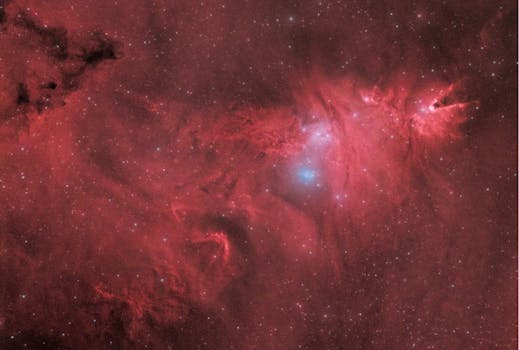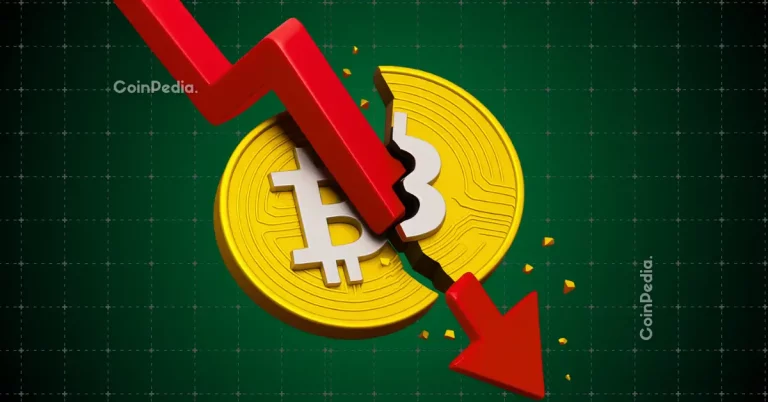
“
From Stardust to Dreams: Imagining Life Beyond the Stars
Introduction to the Cosmos
From Stardust to Dreams: Imagining Life Beyond the Stars is a journey that takes us through the vast expanse of the universe, exploring the possibilities of life beyond our planet. As we gaze up at the stars, we can’t help but wonder what lies beyond our tiny corner of the cosmos. The universe is full of mysteries, from black holes to dark matter, and the search for life beyond Earth is an ongoing and fascinating endeavor.
The study of astronomy and space exploration has come a long way since the early days of telescopes and satellites. Today, we have powerful tools like the Hubble Space Telescope and the Kepler space telescope, which have allowed us to study the universe in unprecedented detail. We’ve discovered thousands of exoplanets, some of which are believed to be capable of supporting life.
The Building Blocks of Life
So, what are the building blocks of life, and how do they come together to form living organisms? The answer lies in the stars themselves. Stardust, the material that makes up stars and planets, is composed of carbon, hydrogen, oxygen, and other elements. These elements are the raw materials for life, and they can be found in abundance throughout the universe.
When stars die, they explode in a supernova, scattering their elements into space. These elements are then incorporated into new stars, planets, and galaxies, where they can eventually give rise to life. This process has been happening for billions of years, and it’s likely that the elements that make up our own bodies were once part of a distant star.
Imagining Life Beyond the Stars
So, what might life beyond the stars look like? The possibilities are endless, and scientists have proposed a wide range of scenarios. Some believe that life could exist on exoplanets, which are planets that orbit stars other than the Sun. Others propose that life could exist in the form of microbes or other simple organisms that can survive in extreme environments, such as the surface of Mars or the clouds of Venus.
Then there’s the possibility of intelligent life, which raises a whole host of questions about the nature of consciousness and the universe. Could intelligent beings exist elsewhere in the universe, and if so, what might they be like? Would they be similar to us, or would they be entirely alien? For more on this topic, check out Cosmic Creativity: How Imagination Soars Beyond the Constellations.
Conclusion and Takeaways
In conclusion, the search for life beyond the stars is an ongoing and fascinating endeavor that has the potential to revolutionize our understanding of the universe and our place within it. From stardust to dreams, the journey is full of mysteries and wonders, and it’s an exciting time to be alive.
Some key takeaways from this journey include:
- The universe is full of mysteries, from black holes to dark matter.
- The search for life beyond Earth is an ongoing and fascinating endeavor.
- The building blocks of life are composed of carbon, hydrogen, oxygen, and other elements that can be found in abundance throughout the universe.
- Life beyond the stars could exist in a wide range of forms, from simple microbes to intelligent beings.
- The study of astronomy and space exploration has the potential to revolutionize our understanding of the universe and our place within it. For more insights, explore Galaxies of Dreams: How Imagination Transcends the Night Sky.






